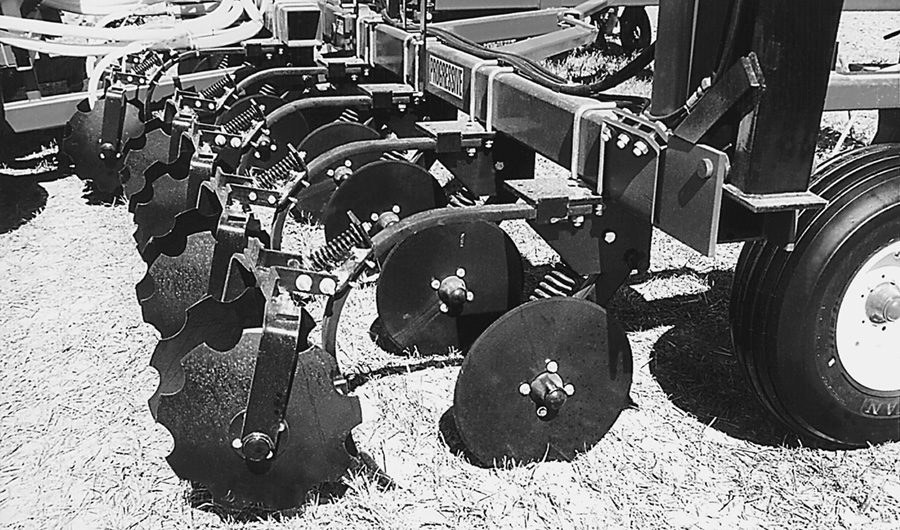No-Till Farmer
Get full access NOW to the most comprehensive, powerful and easy-to-use online resource for no-tillage practices. Just one good idea will pay for your subscription hundreds of times over.

Editor’s Note: Because of growing interest in strip-tilling, we asked Pete Hill to answer the most typical questions being asked by farmers. Hill is an agronomist with Monsanto in Urbandale, Iowa, and has worked with a number of farmers on strip-tilling.
A: No. If your current no-till system works, keep it. But if you’re making changes and want to consider a system that’s efficient and offers solutions to many Corn Belt challenges, take a look at strip-tilling.
If you are successful and pleased with no-till, strip-till offers few improvements. Compared to conventional tillage, it has several major advantages.
A: Strip-tilling in the spring is an option, but growers run the risk of not getting strips prepared if the weather turns cold and wet. When this happens, you have to no-till or revert back to tillage.
When preparing strips in the spring, focus on fertilizer depth and strip quality. Placing fertilizer too shallow can result in seedling death from fertilizer burn. Use tru-depth shanks or measure actual running depth. Building strips in the spring can result in very cloddy strips and poor seed-to-soil contact.
The advantage with fall strip-till is the clods can overwinter and mellow down. To avoid clods, prepare strips as early in the spring as possible. Place them as close to the old rows…